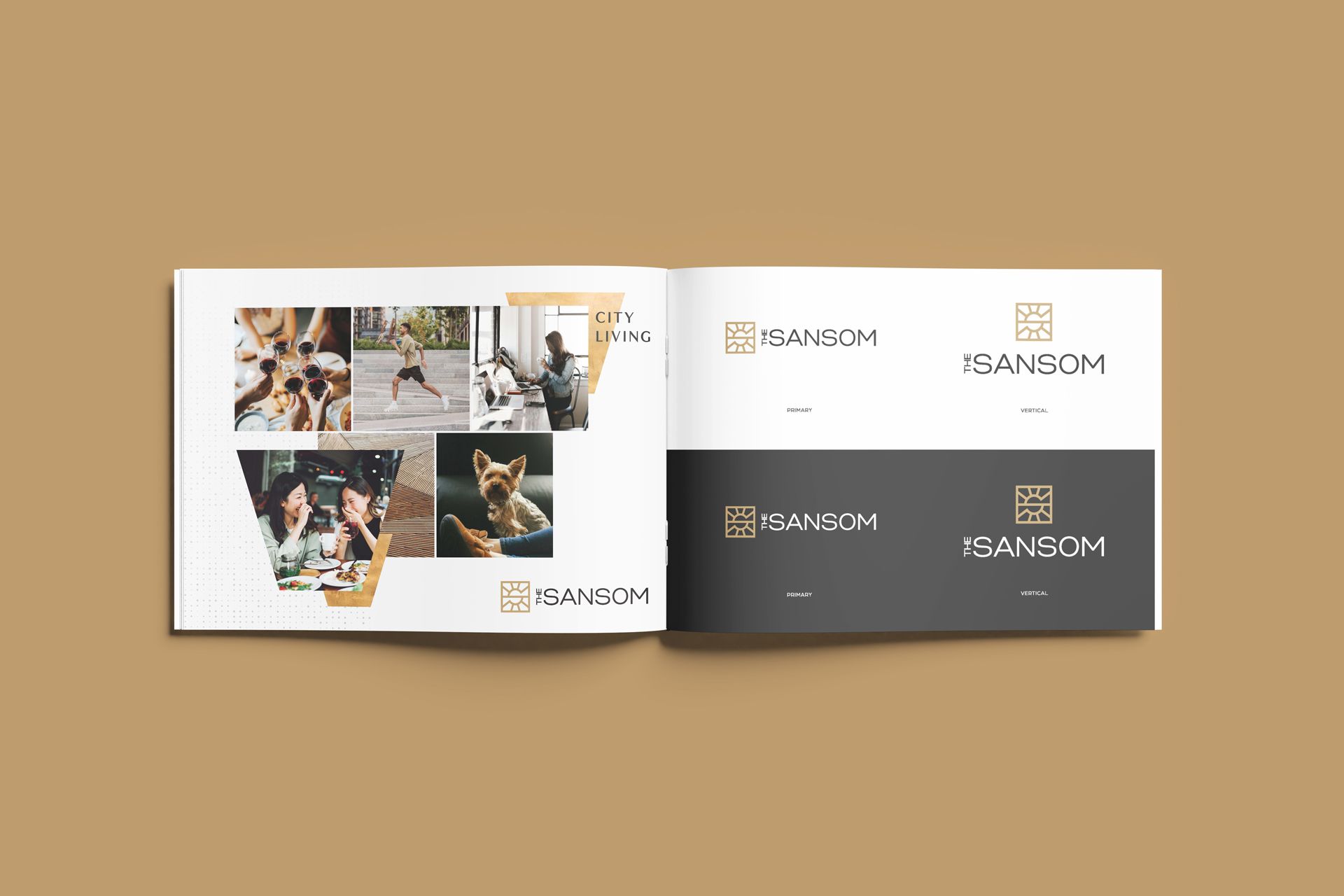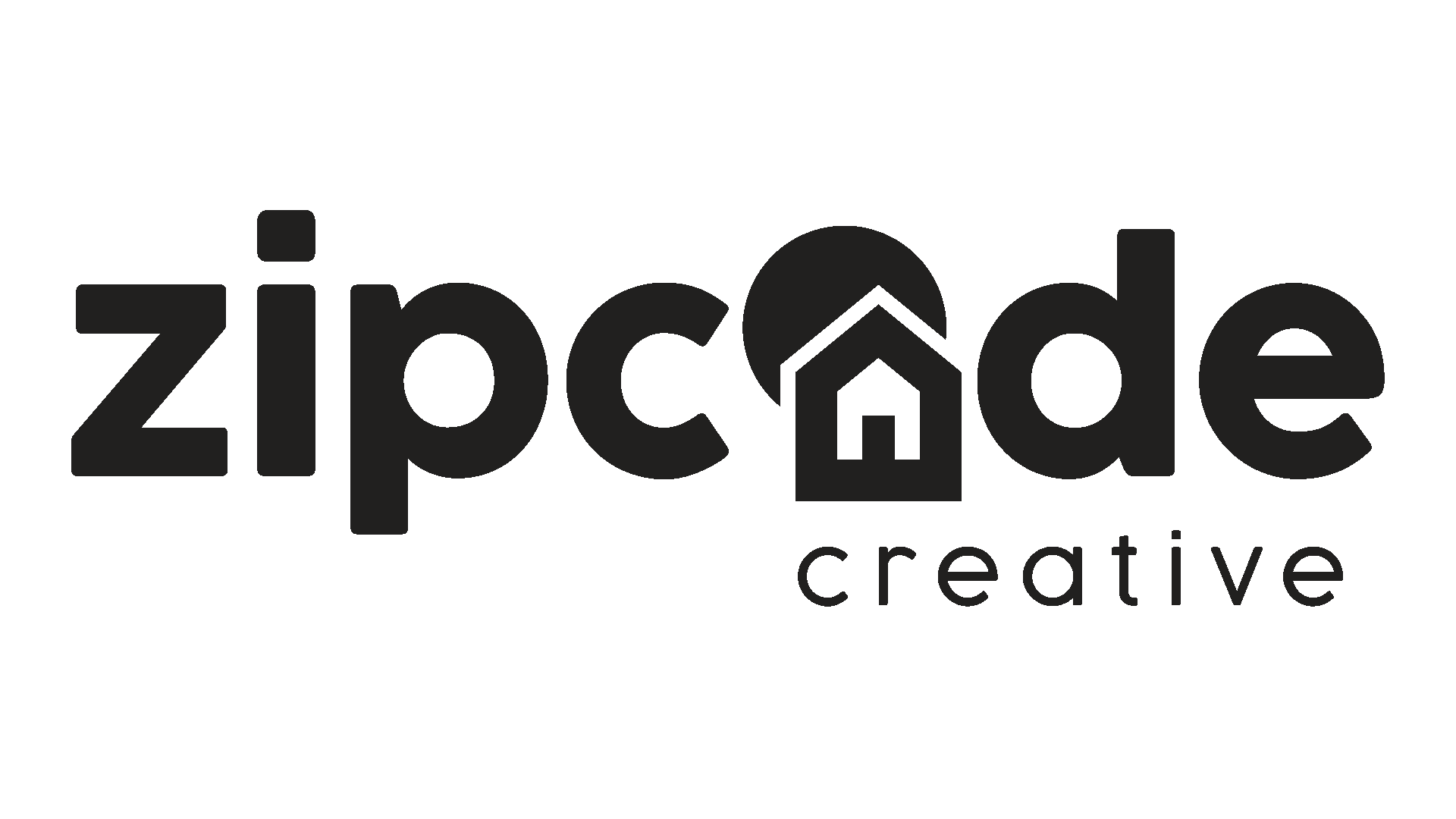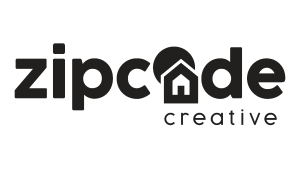
The Psychology of Perceived Value through Brand Development
Stacey Feeney
Brand development in the multifamily market is the first step for the attention, engagement, and loyalty of your current residents and prospects. Brand reputation can create demand for units, while brand experience can keep your residents renewing. But can you leverage brand development to raise the rent? How can you help boost your community’s perceived value—through the eyes (and psyche) of your residents? Follow along to see how what residents and prospects believe to be valuable may allow you to boost your rental rates.
And if you think we forgot about our post on what renters really want—and how to provide them affordability, transparency, and excellent service, we didn’t. This is more about creating a brand that highlights the things that renters want, and allows residents to feel they’re spending their money wisely, in the right place.
What’s Customer Perceived Value?
DEFINITION AND FORMULA
Customer Perceived Value (CPV) is a combination of a few things. “Customer” is obvious here. Perception is understanding or impression—in this case, it’s more of an “impression.” Value is the amount something may be worth. That value is often up to opinion. That’s where the customer comes in.
Basically: CPV is how valuable the customer believes a service or product is, based on how closely it meets their own needs or expectations. How much they’re willing to pay is based on how high they place the product or service’s value. This CPV can influence both the pricing and demand for a product or service.
This means—a higher CPV could contribute to higher rent pricing or unit demand or both.
The quick and basic Customer Perceived Value formula:
Perceived Benefit – Perceived Cost = Customer Perceived Value (CPV)
You should always be aiming to provide a positive CPV. This means the benefits should outweigh the costs, always—in the eye of your residents and prospects. (See, math can be kind of fun!) The higher the perceived value, the higher their willingness to pay.
THE PSYCHOLOGY OF PERCEIVED VALUE
There is a broad spectrum of items that use this perceived value system. It can range from a store-brand, generic can of beans (ooh, $.30 cheaper!) to a full-price Rolex (ah, a symbol of the upper crust life). Both are purchased—likely by different audiences—for different reasons. But the common thread is psychology. What consumers believe. There are generally five factors that influence perceived value, though at varying levels:
- Ease of Purchase – How easy is it to buy? Is it one click? That’s appealing. A “Did you forget these items? Add to cart!” prompt will get a lot of consumers, too.
- Quick Delivery – Similar to ease of purchase, consumers love to have the items in their hands quickly. Free shipping is great, but same-day delivery? Even better. We value our time more than most other things, so we’re happier if the process is quicker and easier.
- Prestige – Limited access and elite status. The feel of exclusivity can make some consumers shell out more money. They want to be seen as successful, and in some cases, must be seen that way in order for their own lives and businesses to continue on the path of success. Optics can mean a lot.
- Lower Cost of Ownership – Look how much money you’ll save when you buy in bulk! This can also be true of paying ahead for a subscription. The annual (i.e. “pay for 12 months”) version is almost always higher in value (per month) than the 3- or 6-month subscription.
Friendly Customer Service – Great products with lackluster service are likely to hit a financial wall. If you can’t get a human on the phone to help you troubleshoot your new product, it’s not worth much. Boost the experience and support, boost the value.
Creating a High-Value Perception
If you want to raise the perceived value, you’ll need to:
Lower the perceived cost
OR
Improve / multiply the perceived benefit(s)
Go for the benefit boost.
Based on your audience, those benefits may vary widely, but the more benefits you find to highlight, the clearer that high value will be perceived.
In terms of branding, there are few ways to create a high-value perception of your community:
STORYTELLING
The verbal aspect of your brand is made to highlight what’s different about your property. If you highlight what is rare and exclusive, this equates to the “prestige” principle. If instead you execute competitor research, work with management, and find you can charge lower rents for longer leases, you can utilize the “lower cost of ownership” principle (even though it’s still renting). Put simply: More lease for less per month.
VISUALS
The way your community is presented and its vibe, ambiance, feel (take your pick) can be improved through brand visuals—including your interior design choices. If you can extend your branding visuals from your guidelines through to the textures, patterns, colors, furniture style, and art that graces your community, you can better create an experience. It gives your prospects and residents something more to resonate with and relate too—the ultimate goal in brand development: connection. Think about the glow up of cauliflower (it’s a pizza crust! It’s buffalo wings! It’s rice!) grew because a few companies found a different way to both use it and present it: healthy veggies as the main, unmissable event.
MARKETING TOUCHPOINTS
Your brand’s presence matters. Use social media and build up your online presence to grow your connections and build up a community on social media. Your building is a physical property. Your brand is the values your residents and prospects (and anyone that comes in contact with your community) assign to it through their engagement and experience with it, and your brand is the culture they align with (“they feel how I feel!”)
More Multifamily Property Strategies to Enhance CPV
That’s not all you can do. Multifamily is a different kind of business. It’s where your residents make memories, raise their family, make friends, crush goals, rest, relax, and come home to. It’s worth finding ways to give residents what they really need so they feel they’re getting out (value-wise) what they’re putting in.
SAVE RESIDENTS TIME
Find ways to help your residents save time. Conveniences such as:
- A single application for multiple communities (within a brand management family)
- Easy online appointment booking for non-emergent maintenance requests
- 24-hour (or less) email responses
Each of these are surefire ways to keep them feeling like their time is valuable, and your community is helping keep that brand promise.
BALANCE PRICING
Premium prices say, “Exclusive.” Value prices say, “great deal alert!” Understand what your brand is offering and make sure it fits with your brand guidelines.
ESTABLISH REPUTATION
Reviews, testimonials, surveys. Establishing your credibility as a reliable community is a one-way road to brand loyalty. Partnerships and cross-promotions with other businesses that have an excellent reputation will help too (a rising tide lifts all boats). Every positive review and testimonial is one less time your brand has to say “pick us, we’re great!” Let your reputation do the talking for you, through your all-star, five-star-giving residents.
Raise your community’s customer perceived value, and you’ll be able to justify a possible raise in rents. But don’t do it without ensuring your brand is in it for the long haul and if you will commit to delivering on your brand promises. When you know your value, you can tell the story, tailor your marketing, and keep your residents coming back for more.


